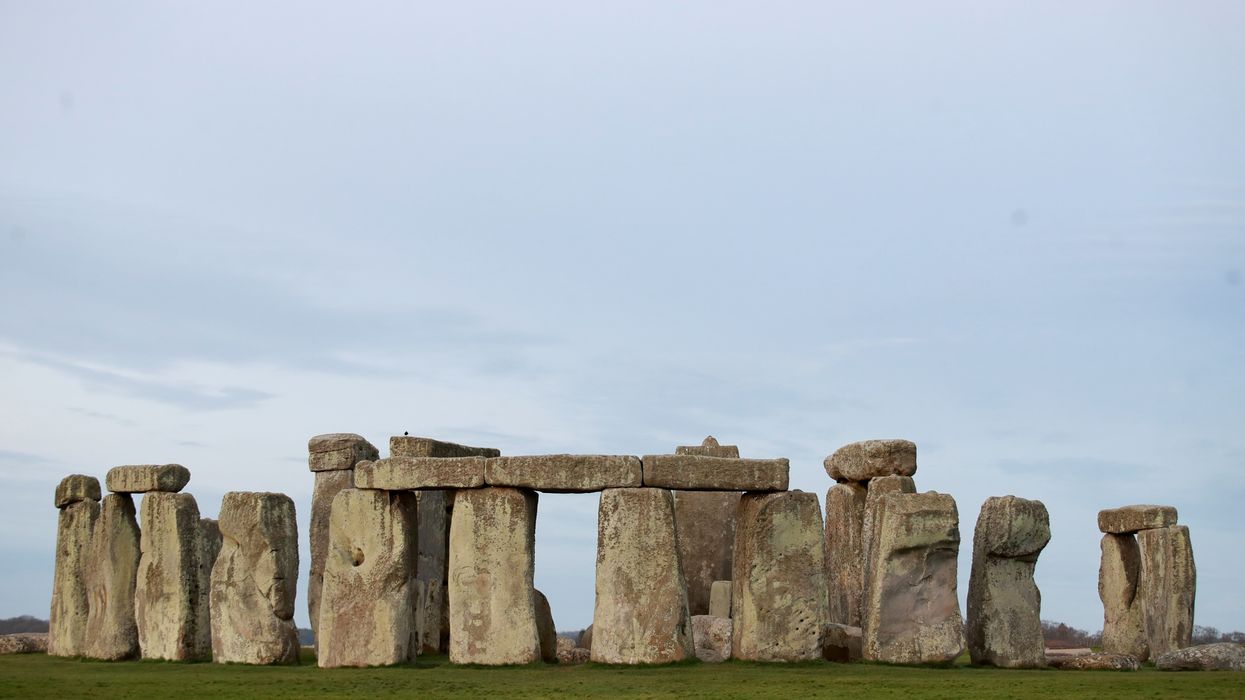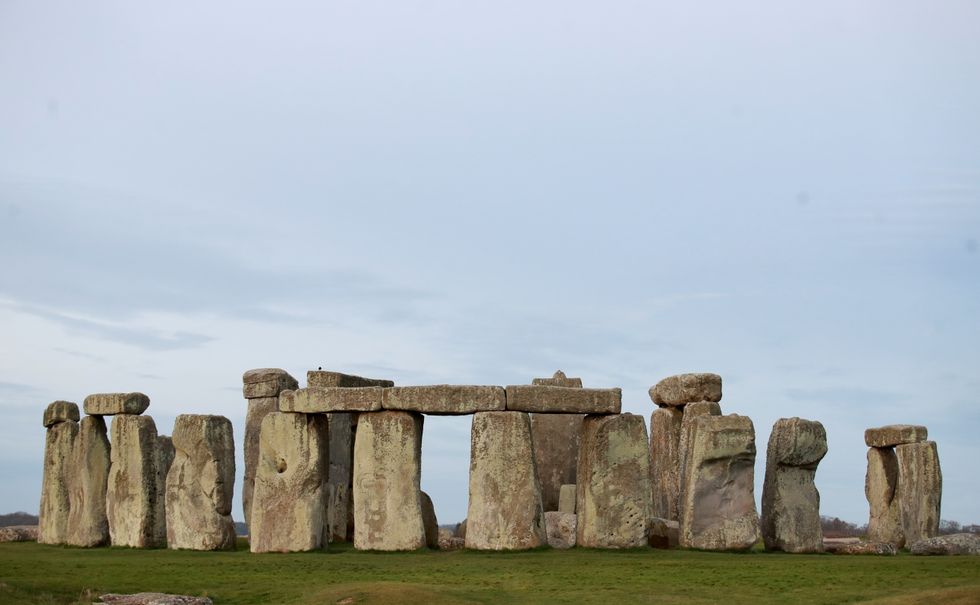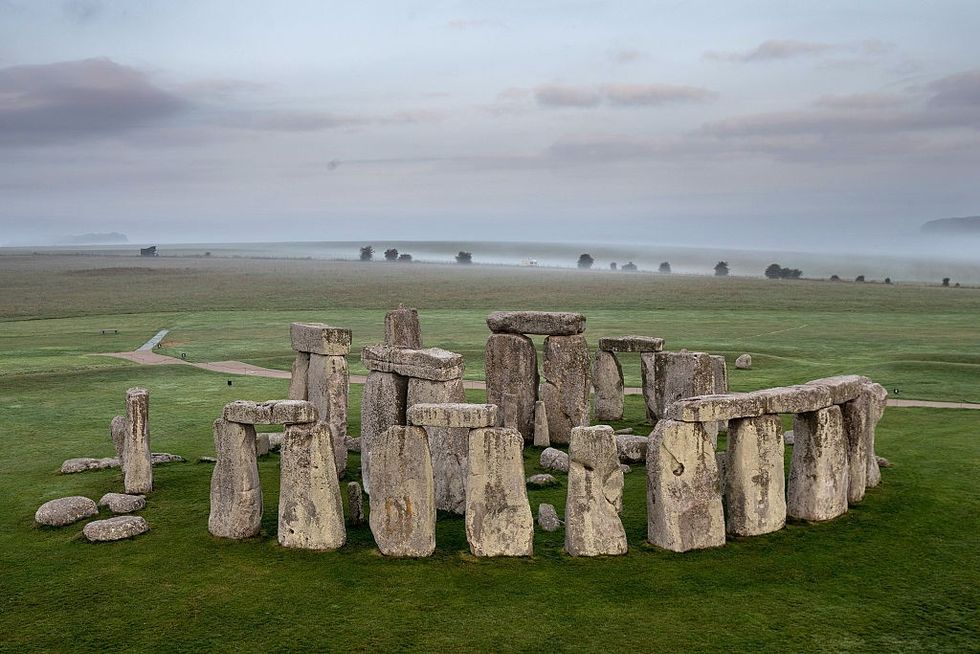Stonehenge mystery deepens as new findings cast doubt on origins of iconic monument

Stonehenge's iconic altar stone does not come from Orkney as previously thought
|PA
The latest development has reignited the search for the true origin of the altar stone
Don't Miss
Most Read
Latest
The mystery surrounding Stonehenge's iconic altar stone has deepened, as a new study disproves the theory that it originated from Orkney, Scotland.
Scientists had previously believed the bluestone slab came from the Orcadian Basin in northeast Scotland, but recent research has ruled out this possibility.
Professor Richard Bevins from Aberystwyth University, who led the study, said: "The mystery of where the stone came from is becoming clearer and clearer as we begin to rule out specific areas in north-east Scotland."
The latest development has reignited the search for the true origin of the altar stone, with researchers now focusing their efforts on other parts of northeast Scotland.
The findings challenge long-held assumptions about the stone's provenance and highlight the ongoing enigma of Stonehenge's construction.
The altar stone at Stonehenge has long puzzled archaeologists due to its unique characteristics. Unlike the other bluestones, it is substantially larger, weighing six tonnes.
 Stonehenge's iconic altar stone does not come from Orkney as previously thought | PA
Stonehenge's iconic altar stone does not come from Orkney as previously thought | PAProfessor Bevins explained: "The Altar Stone is anomalous in many ways to both the bluestones and the sarsens at Stonehenge."
Recent analysis revealed that the stone's age and chemistry did not match the Welsh origin of other bluestones. Instead, researchers found a striking similarity to the Old Red Sandstone of the Orcadian Basin in northeast Scotland.
This discovery led experts to conclude with 95 per cent certainty that the stone came from this region, which includes parts of Inverness, Thurso, Orkney and Shetland. The finding sparked interest in Orkney as a potential source, given its rich Neolithic history and known connections with Salisbury Plain.
To investigate the Orkney theory, researchers analysed the chemical and mineralogical composition of stones from Orkney's largest stone circles: the Stones of Stenness and the Ring of Brodgar.

Recent analysis revealed that the stone's age and chemistry did not match the Welsh origin of other bluestones
|GETTY
They also used portable X-ray devices to examine rock deposits across several Orkney islands.
Contrary to expectations, the analysis revealed striking differences between the Stonehenge altar stone and the Orkney samples.
Professor Bevins said: "This research is radically changing our thinking about the origins of the Altar Stone. It's thrilling to know that our chemical analysis and dating work is slowly unlocking this great mystery."
By ruling out Orkney, researchers can now focus their efforts on other areas within the Orcadian Basin.
This unexpected result has added a new layer of complexity to the ongoing investigation into the altar stone's origins.
Despite the setback, researchers remain optimistic about locating the altar stone's origin.
Professor Bevins added: "I am optimistic that the source of the Altar Stone will be found. However, the Orcadian Basin covers a large area in north-east Scotland so it might take some time to locate the source."
The team plans to continue their investigation, focusing on other areas within northeast Scotland.
"We have some clues in terms of the mineralogy and geochemistry of the Altar Stone so we are not going in blind," Professor Bevins said.
This ongoing search highlights the enduring fascination with Stonehenge's construction and the importance of scientific analysis in unravelling its mysteries.
As researchers narrow down potential locations, they hope to shed new light on the Neolithic networks that transported these massive stones across Britain.










